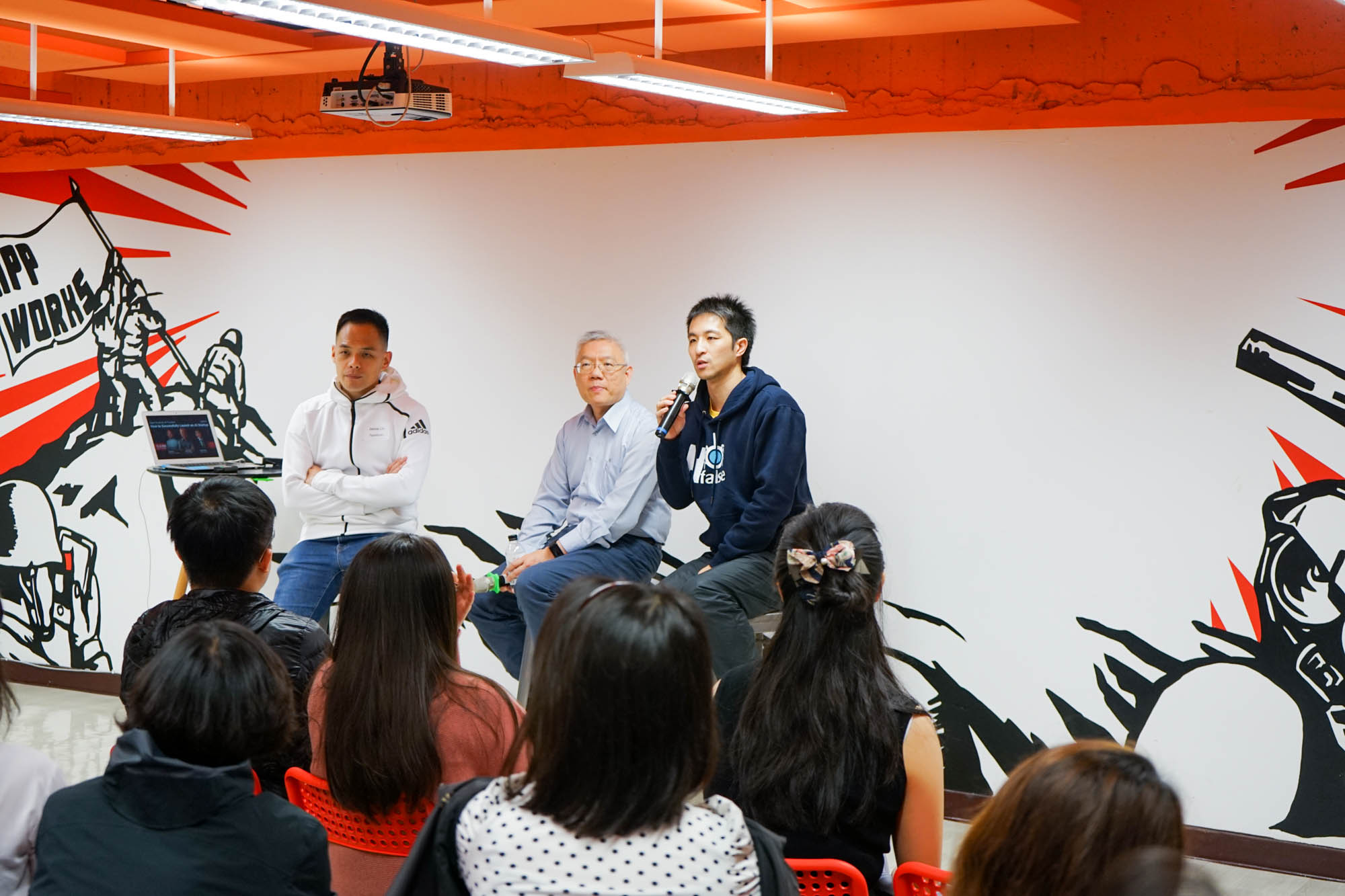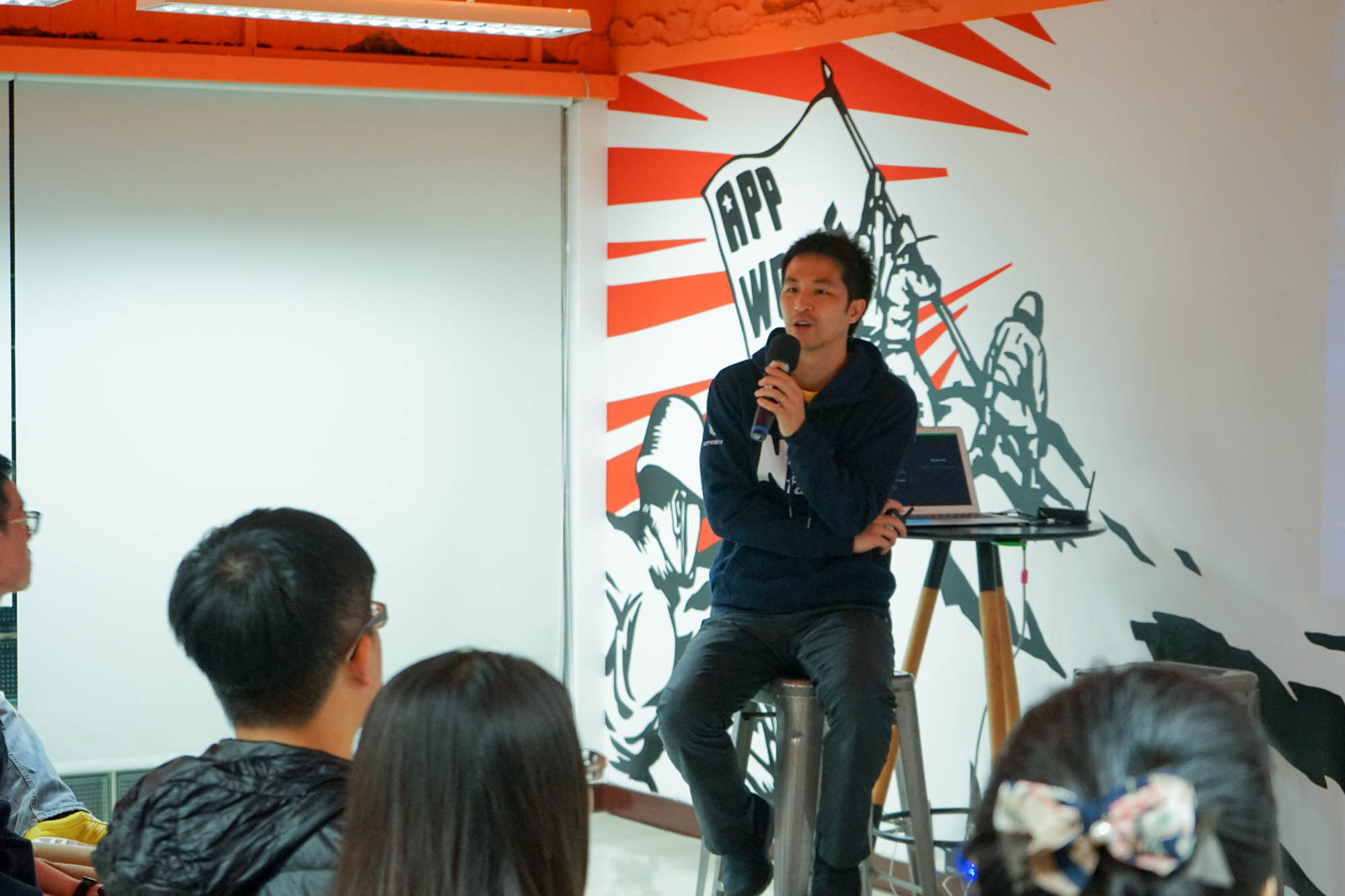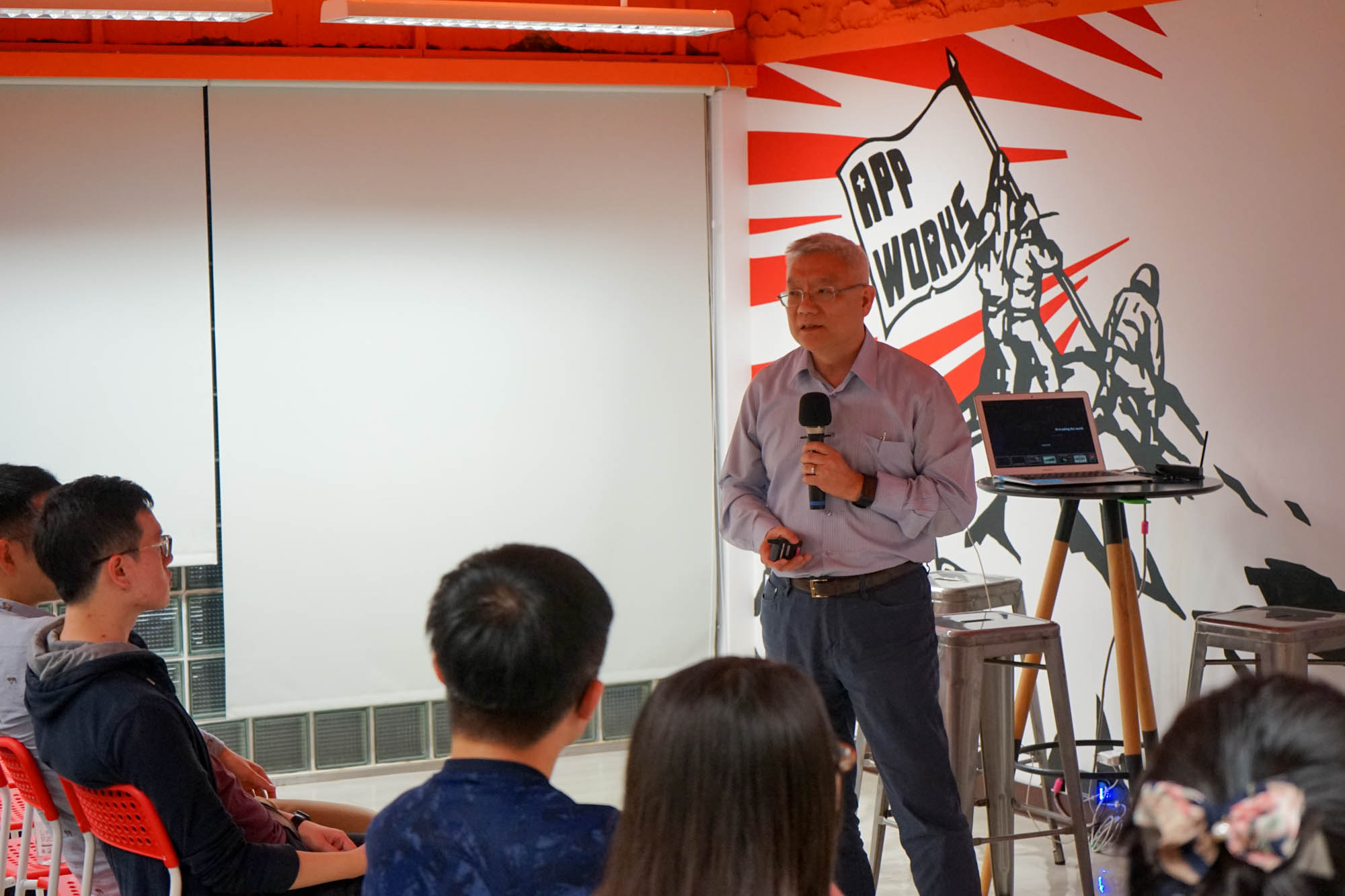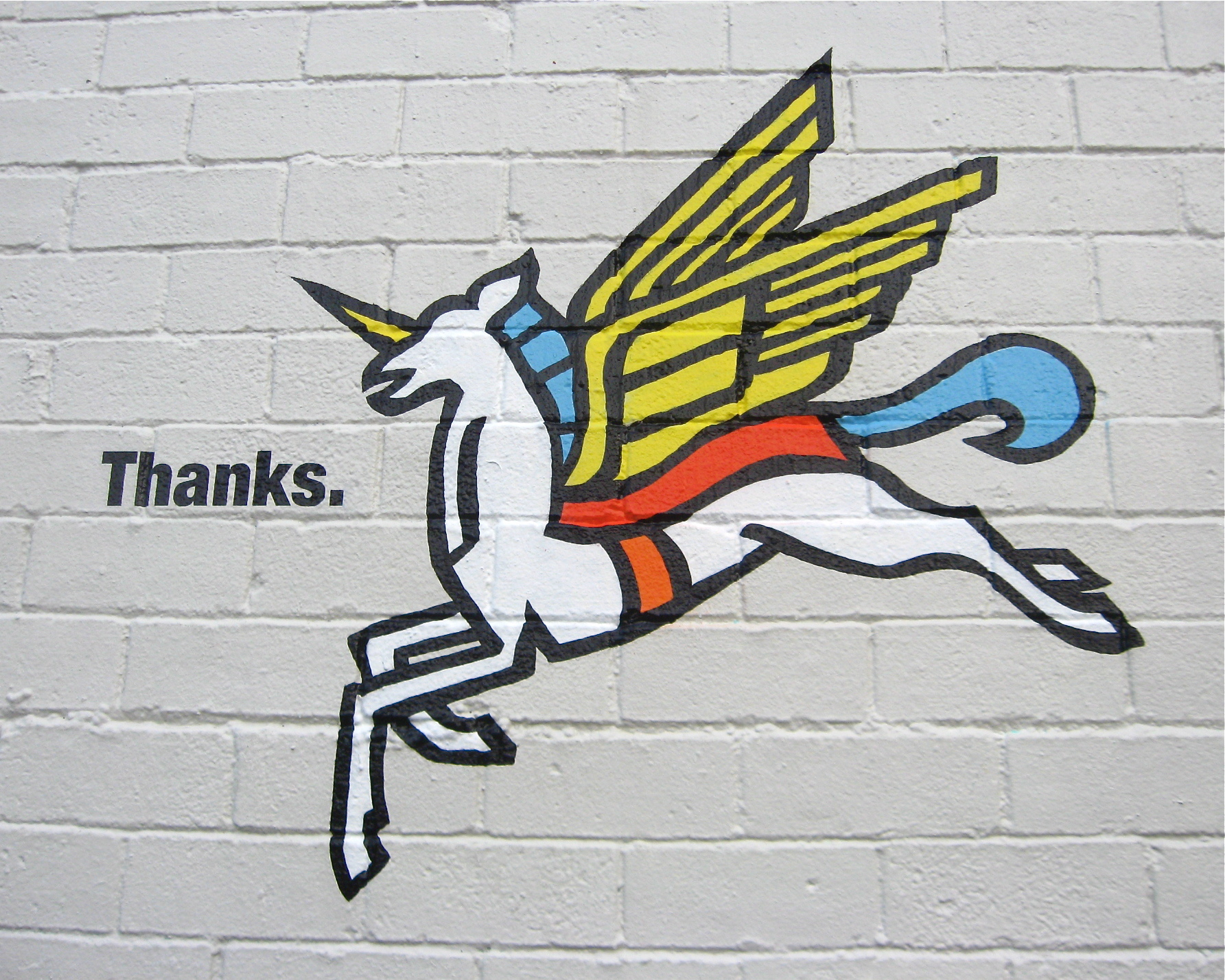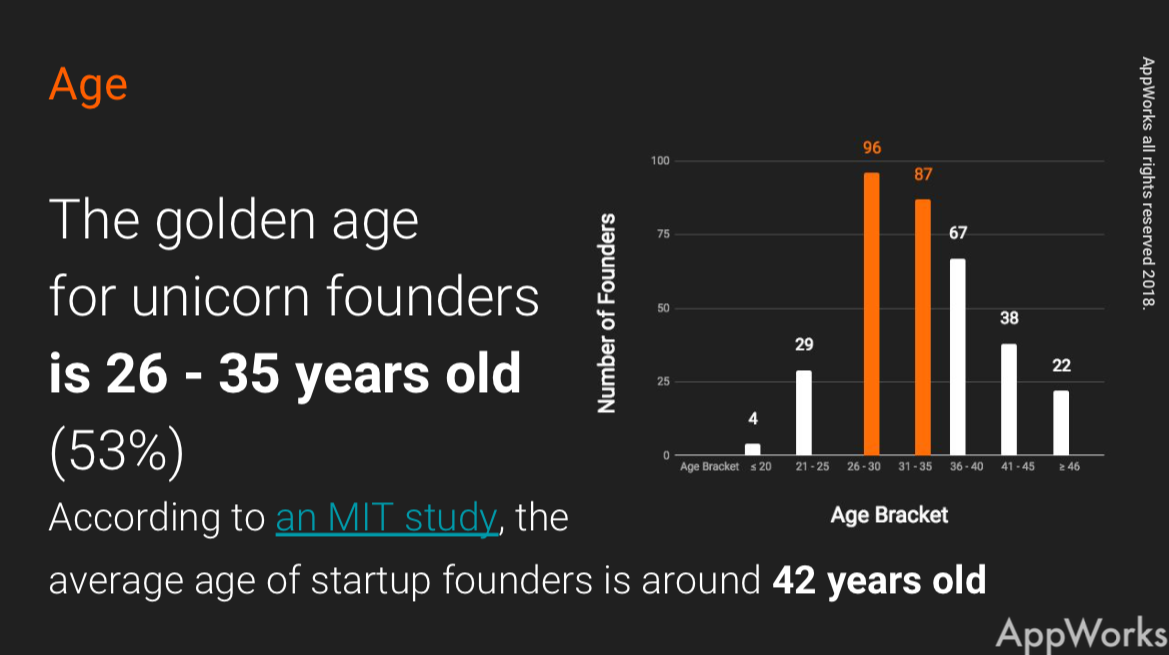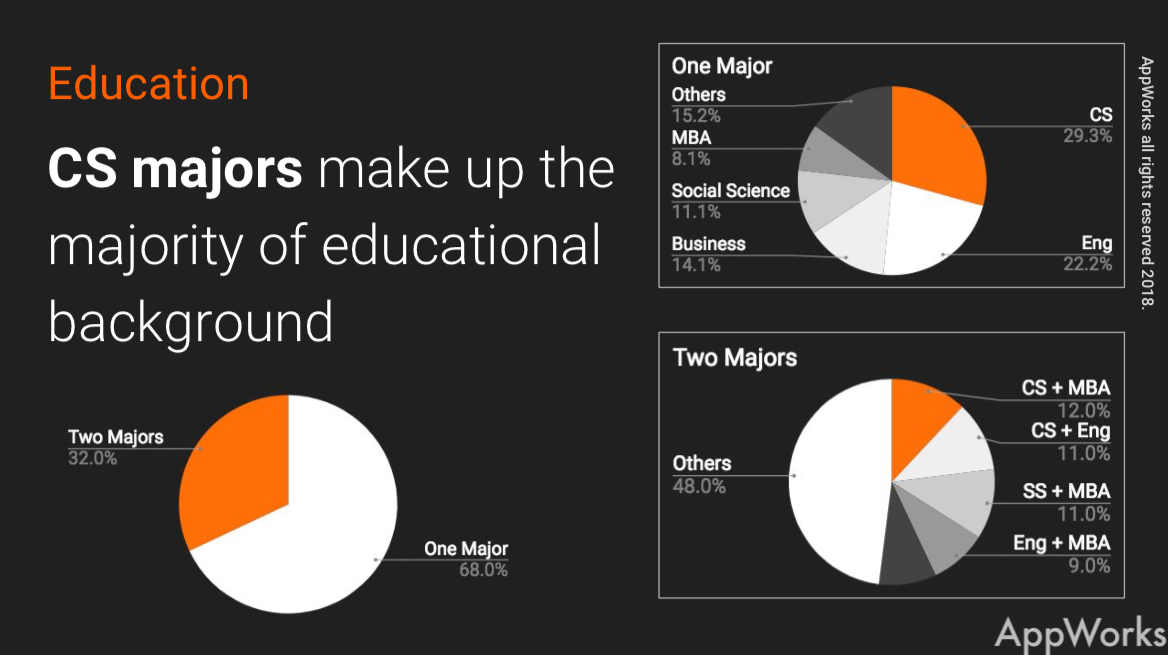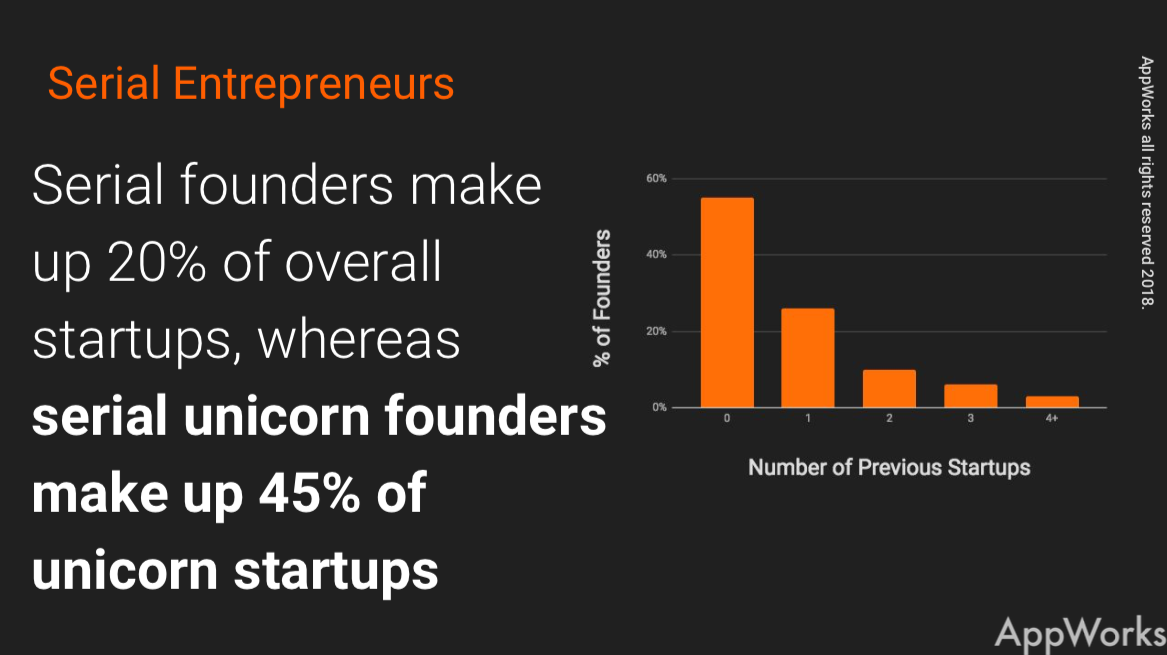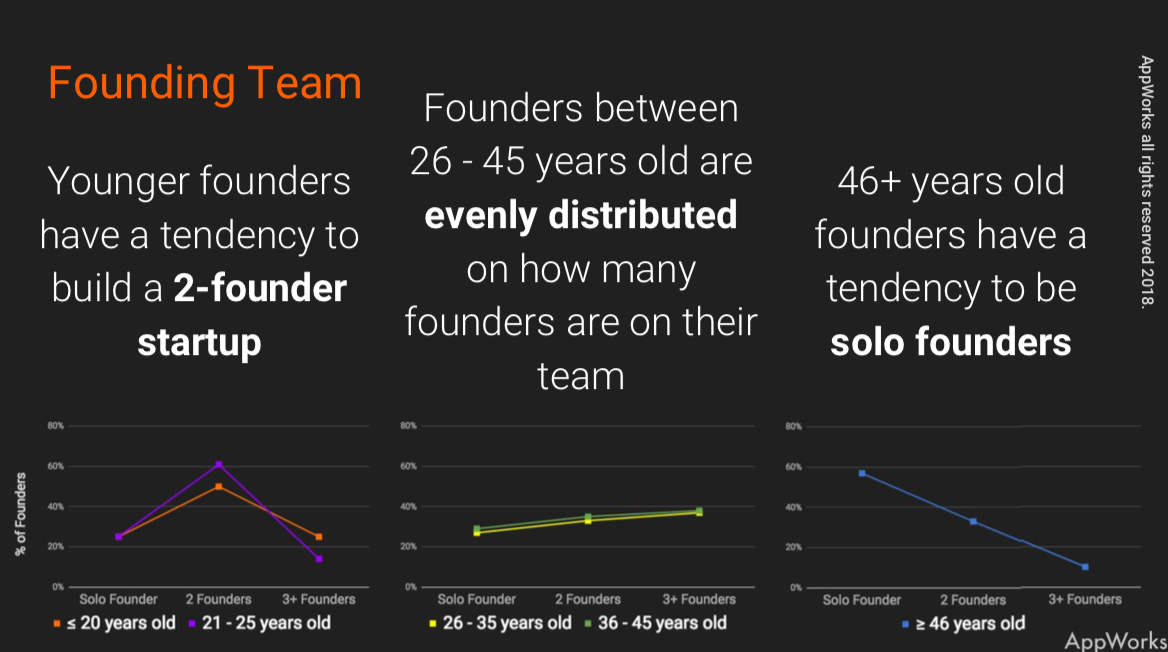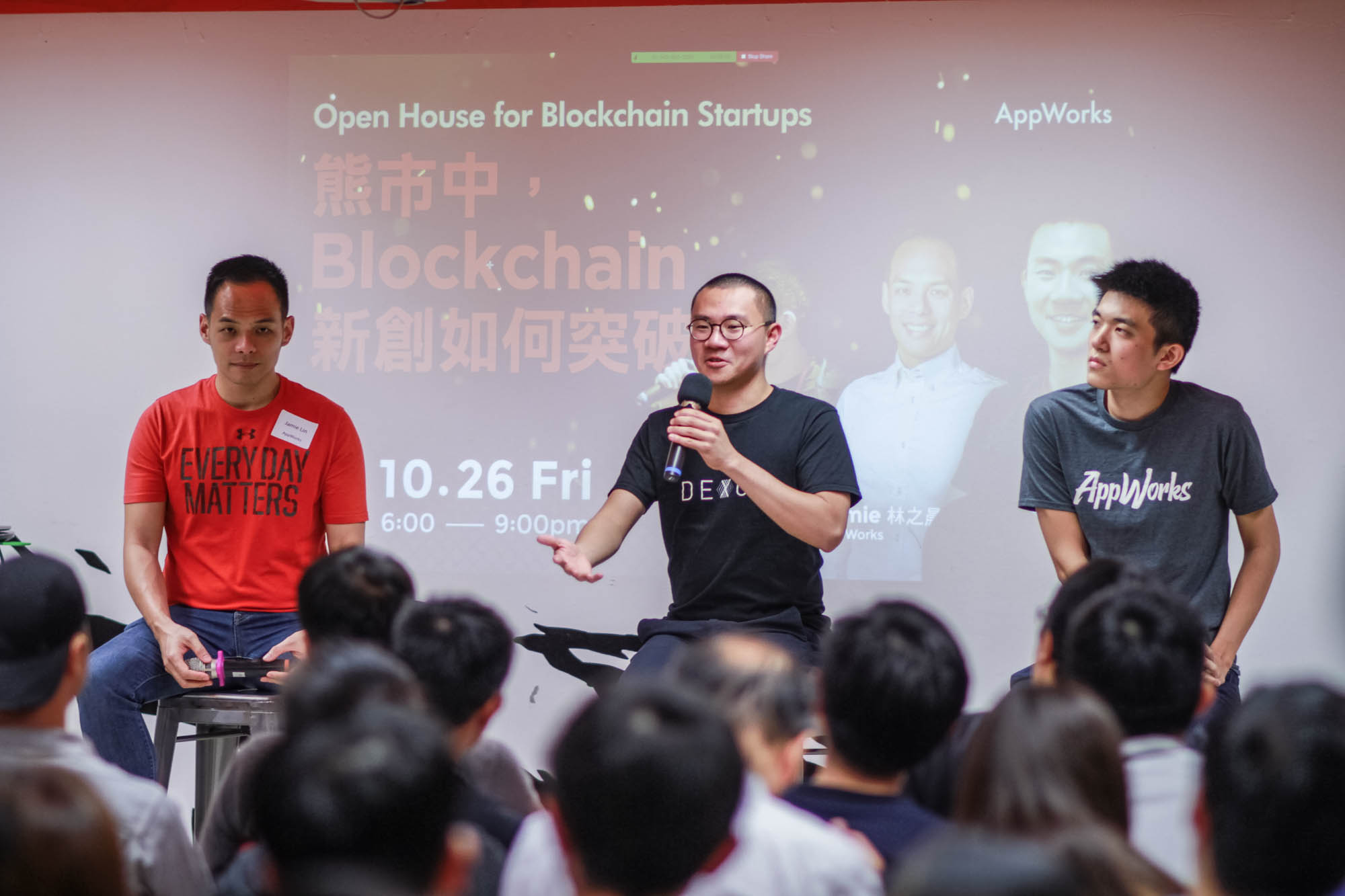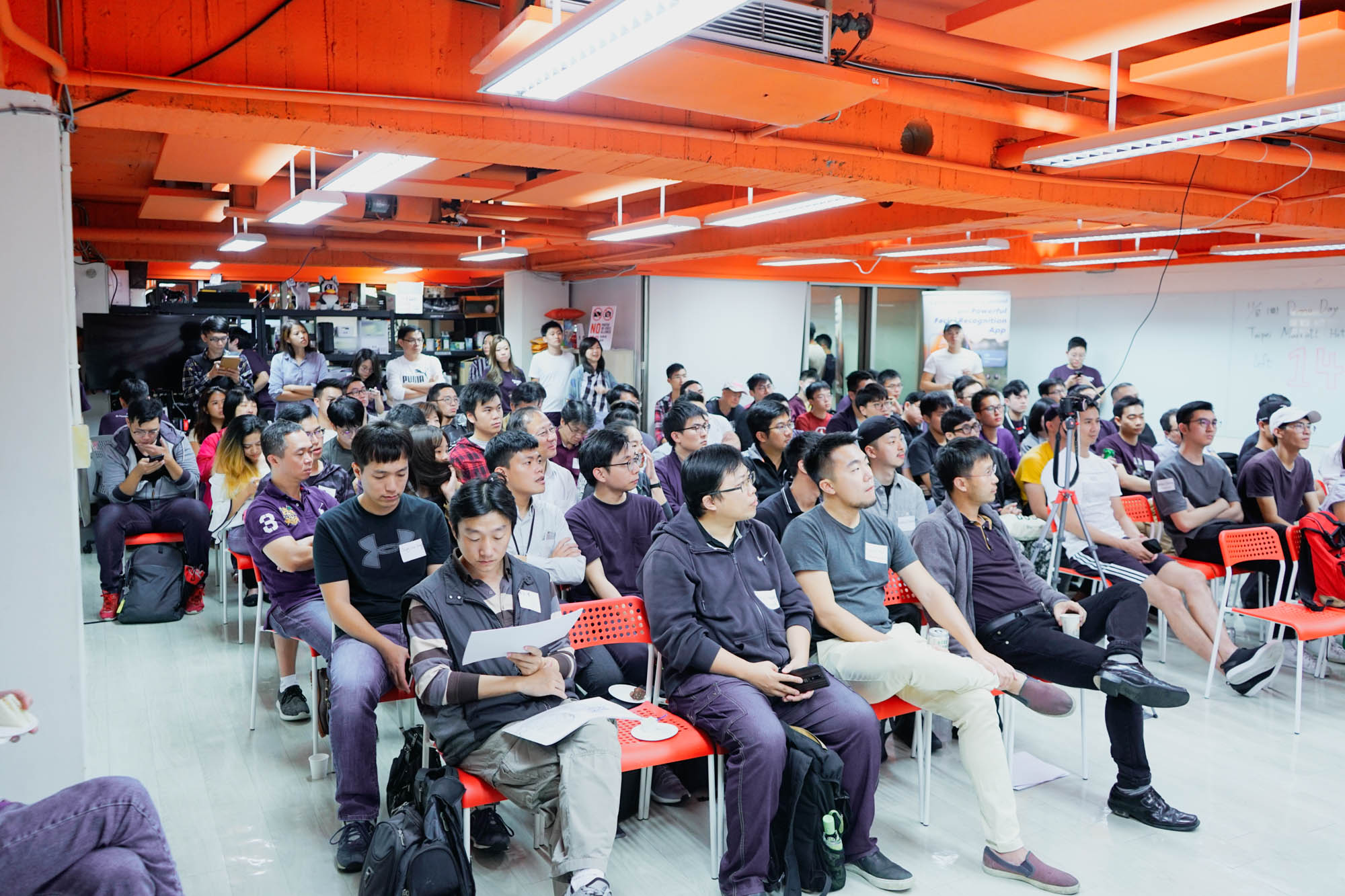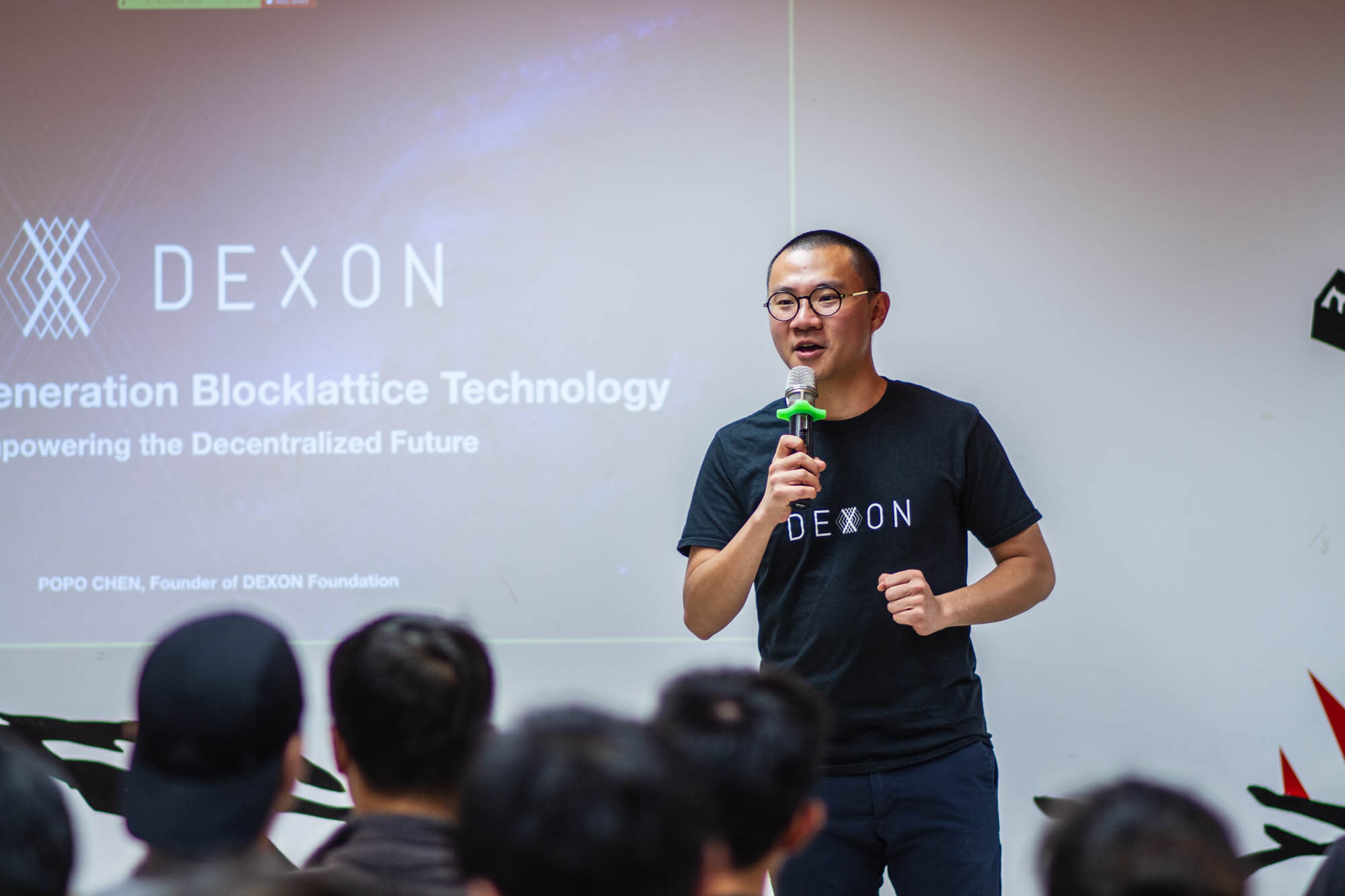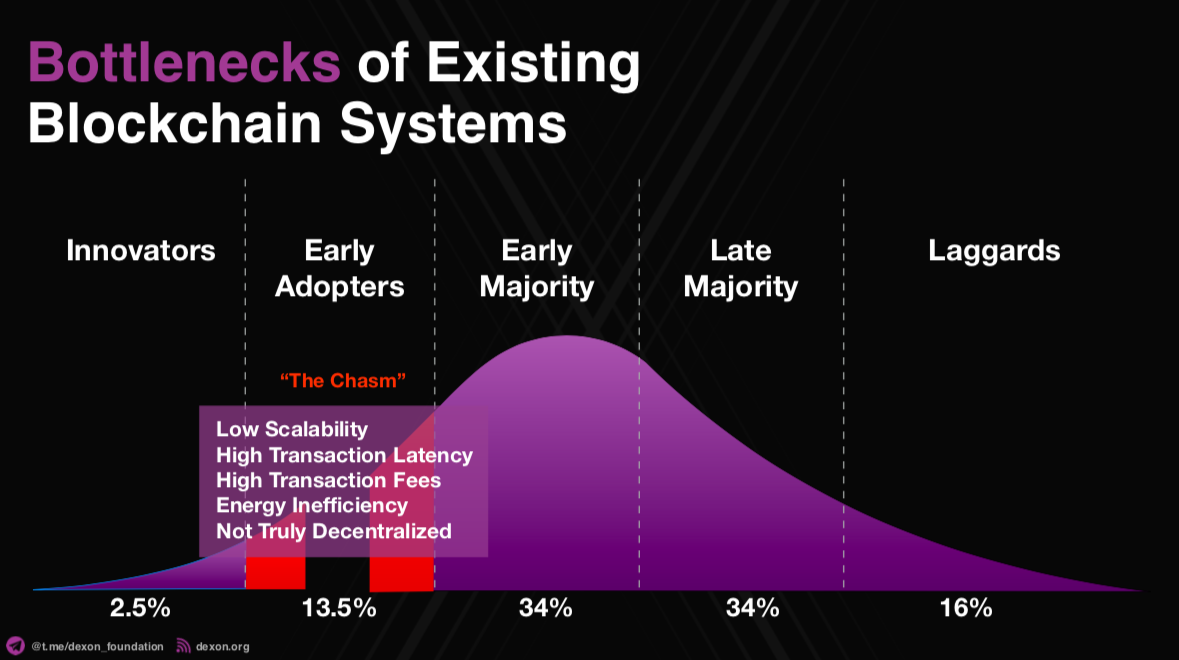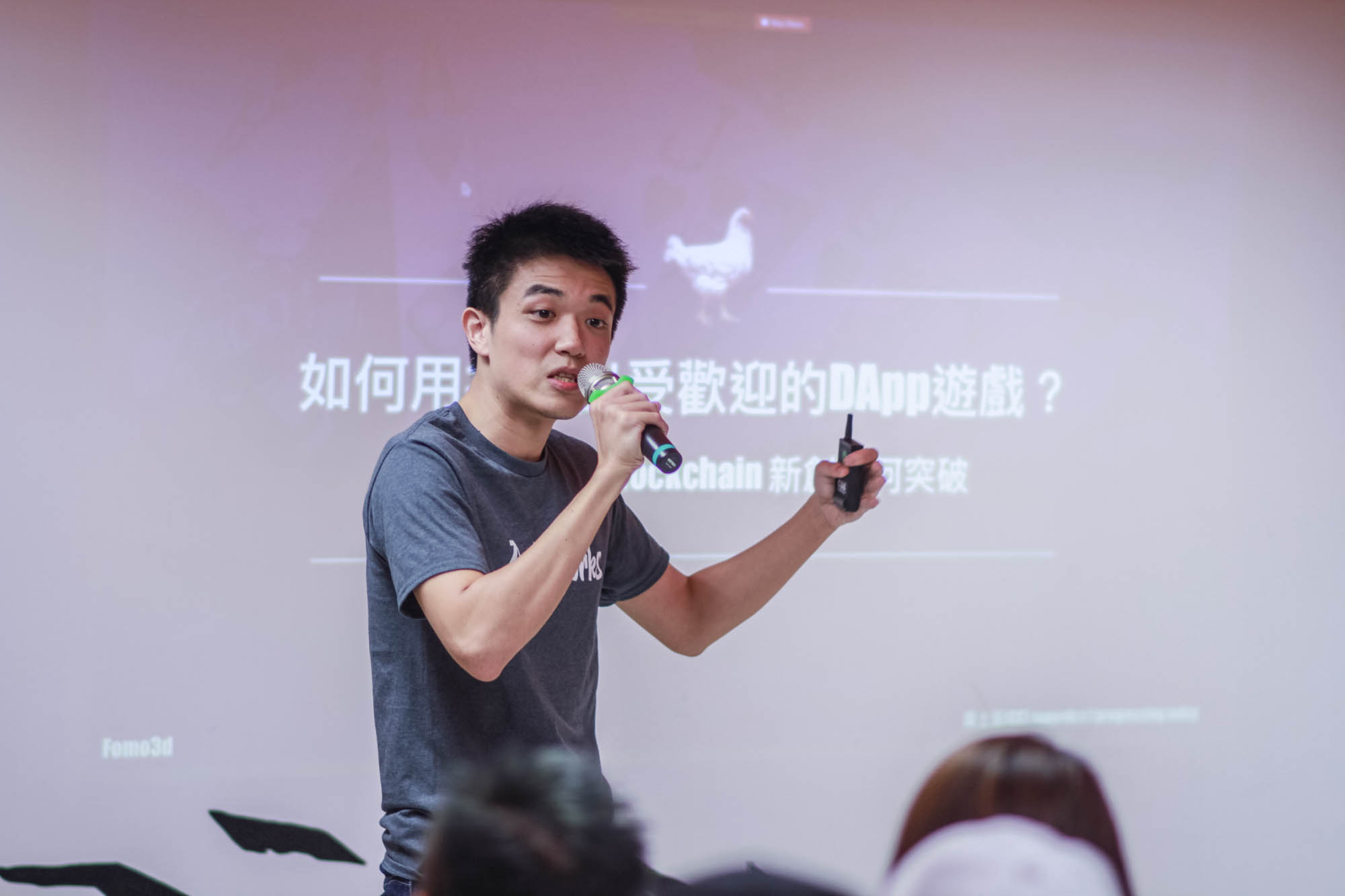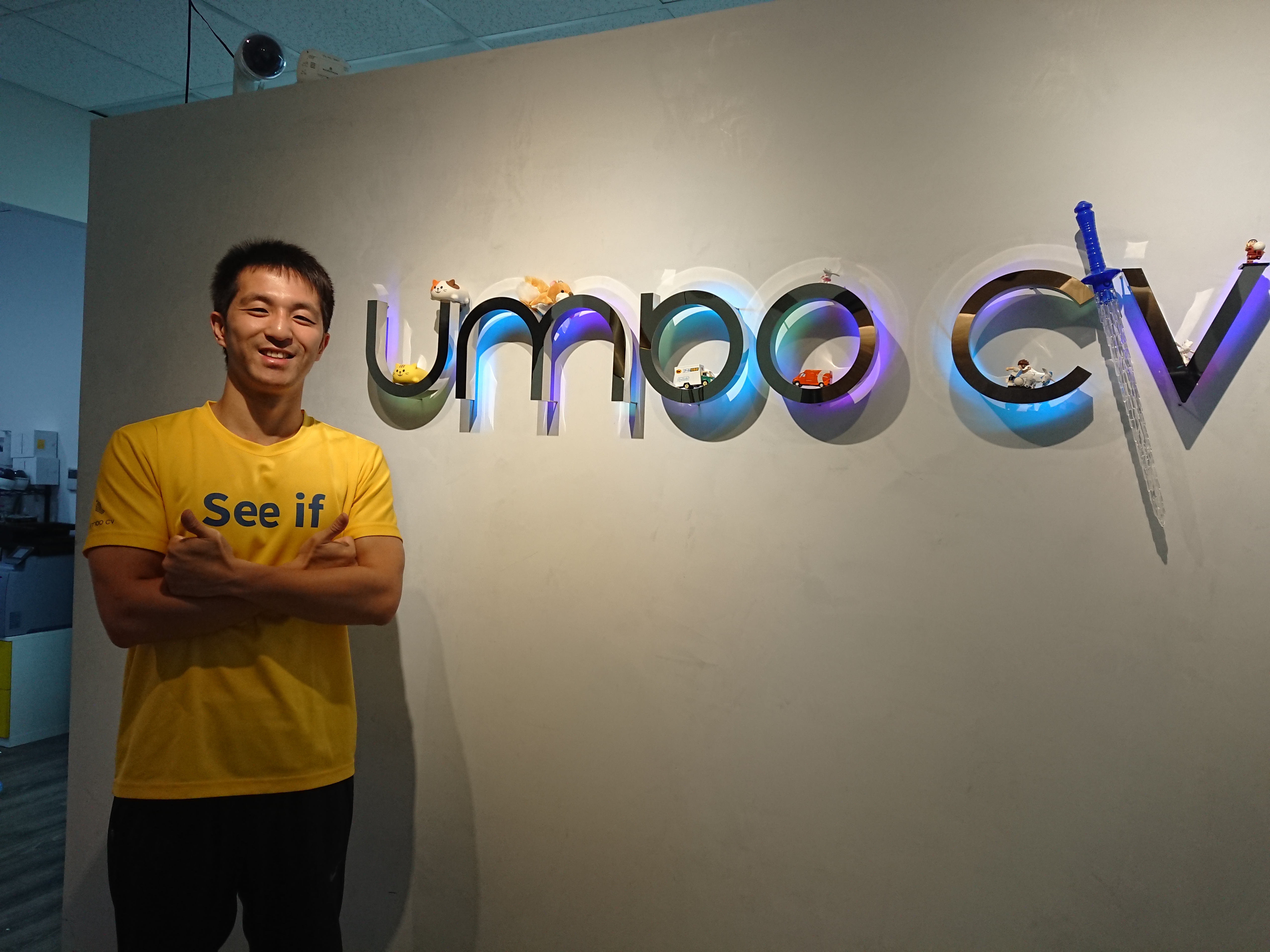
Antony Lee, Communications Master (李欣岳 / 媒體公關總監)
負責媒體與社群溝通相關輔導。加入 AppWorks 前有 18 年媒體經驗,是台灣第一批主跑網路產業的記者,先後任職《數位時代》副總編輯、《Cheers 快樂工作人》資深主編、SmartM 網站總編輯。畢業於交大管科系,長期關注媒體產業變化,熱愛閱讀商業與科技趨勢、企業與人物故事,樂於與人交流分享,期許自己當個「Internet 傳教士」。
2014 年成立的 Umbo CV (盾心科技),是台灣 AI 新創中,成功進入歐美市場的典範,在超過 30 個國家有長期付費企業用戶。
Umbo CV 專攻智能安全監控,研發擁有自我學習與分析能力的影像辨識技術,所打造出的軟體平台可透過監控的影像 Data,學習並辨識影像中人、車、動植物等物件,以及侵入、群眾聚集、火災等特殊事件。除了軟體平台,Umbo CV 也開發出搭配用的硬體攝影機,用 AI 科技,改變了監控產業原本要靠保全以肉眼 24 小時監看的模式。
四年來,Umbo CV 已成功募得兩輪資金共計 980 萬美元,同時也是 AppWorks Accelerator #9 校友。
創辦 Umbo CV 之前,關宇翔曾任專業安控公司產品銷售主管,從早期階段便參與公司上市的過程,對於安控產品的國際市場擁有深厚歷練。回顧創業經驗,關宇翔認為,AI 市場的風口已經打開,現在是創辦 AI 新創最好的時間,但在現階段,AI 新創最大的挑戰,反而不是缺少前景看好的創業題目,相反地,正因為人們對 AI 應用有各種期待與想像,有太多創業題目可選擇,如何將有限的資源與時間,「專心」地投入對自己最佳的創業題目上,才是 AI 新創最重要的課題。對 AI 新創來說,如何選擇創業主題?如何避免外界干擾?如何制訂發展策略?以下是關宇翔的經驗分享:
Q: 為什麼會選擇安全監控作為 Umbo CV 的創業題目?
A: 一開始的想法並不複雜,只想到自己。因為我在這個產業待過不短的時間,知道業界碰到的問題,以及預估未來將往哪個方向發展。我發現,很多來自客戶的需求,和現有產品間有一個 Gap,那個鴻溝看起來是有技術缺口的,我當時就在思考,這個技術缺口,是否現在能夠補上,後來才去看一些 Machine Learning 的技術,也在業界詢問了一些人,慢慢把創業團隊組起來,才確認這個技術可以做,在我創業那時,也正好是 AI 準備發展的階段。
我們做的是跟 Computer Vision 相關,在安全監控產業,最獨特的地方,在於這是全世界影像 Data 最大的領域,比 YouTube、Facebook 任何網站都大。這麼大量的 Data,感覺就是寶藏,可以為 Machine Learning 帶來很多可能。
對我來說,先發現了要解決的問題 (安控產業需要用人力來監看大量影像,成本太高),又發現這問題可以用 Machine Learning 來解決,而 Machine Learning 又需要大量的 Data 來訓練,這完全是一個正向的 Data Cycle,所以就決定要做了。
Q: 現在這個 Gap 還在嗎?
A: 技術上的 Gap 還有各式各樣的發展空間。這個問題回到根本,是 Machine Learning 和 Computer Vision 在幾年內可以解決多少問題,這裡面還有不少很大的 Gap,每一個都能再切成更小的 Gap 等著被滿足,差別是解決的是大問題或是小問題。我們切入的領域,是比較屬於一般性的大問題,所以優先選擇這個題目來做,目前客戶對我們也算滿意。
Q: 現在還是 AI 創業的好時機嗎?還是最好的時間已經過了?
A: 我相信現在應該不會有人懷疑 AI 只是曇花一現的熱潮,已有太多 AI 應用融入人們的生活,它絕對是典範轉移的重要趨勢。比較有趣的現象,反而是人們對 AI 的期待越來越高,今天做了這些、明天希望還能做更多,這樣的期待,會 Push 所有做 AI 的企業,持續去開發更好、更先進的產品,這背後,會有很多創業的機會。
Q: Umbo CV 的 Know-how,從外在角度來看,主要是影像 Data 蒐集的方式,以及發展出的演算法,創業至今,有想過將這些應用在安全監控以外的產業嗎?
A: 其實這很有趣,因為我們是 AI 新創,一直有客戶或機會找上門,要我們開發其他過去從來沒想到的應用,很多人發想了一堆題目,來問我們能不能做?創業至今,這類的雜訊超多。
可能是大家電影看太多了,對 AI 有許多想像。比如說,我們遇過一個做海洋研究的客戶,他們會用潛水艇去研究整個區域內的海洋生態,想要知道有什麼魚?有多少?因為在深海,生物被照出來的樣子,和陸上看到的很不一樣,要用 Machine Learning 去辨識魚在深海的行為,才能知道這是什麼品種。客戶的潛水艇開下去,把整個區域的影像錄起來,現在是由人來看,未來希望由 AI 來辨識。這看起來和我們的技術好像有關,類似這樣的案子太多了。
Q: 身為創業者,聽到這樣的題目,一定很興奮,如何選擇做與不做?
A: 真的,聽到這樣的題目,會覺得 AI 實在有太多機會。但回到創業本身,Startup 初期,其實是思考如何讓資源運用更有效率,在還有錢但尚未賺錢的時候,做對自己最有價值的選擇,對 Startup 來說,這段時期最困難的,是如何在那麼多機會中選擇對自己最好的那個,看起來似乎有好多產品可以做,但前景其實都不清楚,真正能找到 PMF (Product Market Fit) 的可能很少。
對我們的團隊來說,因為在業界的經驗比較久,比較能判斷哪些問題可以解,解了之後做什麼產品比較賣得動,如何把商業模式建立起來。因為我原本就在這個產業,所以選擇比較容易,若今天要切入農業做 AI,重新累積產業知識,成功的機會可能不大。因為資源有限,研究也需要時間,跟我們專長領域差異太大的都不會考慮。
比較難決定的,反而是那些跟我們類似,好像稍微改一些,就能符合客戶的需求。到底要改嗎?這背後都是時間與人力成本,此外,一旦改過去,原來的東西還做不做?兩邊哪個市場或機會比較大?這是比較難的問題。我們的確也曾經選錯題,剛開始覺得只要稍作改變,就能切入更大的商機,結果並非如此。
在這件事情上,我們走了不少冤枉路,後來歸納出一個道理:做最多客戶願意掏錢買、讓客戶轉換成本最低的產品。因為 Startup 真的沒有辦法想那麼長遠的事情,去爭取一、兩年以後可能會採購的大客戶。那些我們決定先不做的題目,未必是錯的,只是對我們的風險比較高。
Q: 如何建立做與不做的決策機制?
A: 我們會以 Group (小組) 做決定,一起討論這個東西做下去,成本要多少?值不值得嘗試?風險是什麼?我們能不能承擔?不同部門的人都會參與討論。比如說潛到深海去研究魚,我們會討論這個市場有多大?客戶有多認真、多少預算要做這件事?轉換所需的技術要花多久開發?也許技術的人,會認為這樣的技術轉換需要兩年的時間,那我們就不會做,因為太久了。
比較難的,是每個討論的問題,看起來都可行,技術 ok、市場也 ok,這時候,做決定就要回到 Founder 身上。
Q: 過去的經驗對判斷做與不做有幫助嗎?
A: 這可能跟 Founder 的個性有關,過去的經驗是否有幫助,在於你多相信過去的經驗,以及多依循既有的產業規則。我相信經驗可以幫人也能害人。我認為有些經驗,若在邏輯上是不可逆的,就不會去 Challenge 它,但若我覺得是可逆的,我會去 Challenge,很多產業規則也是如此。比如說,因為我們這個產業叫 Security,大家對 Data 的安全性,要求比較高,過去的規則是這些 Data 不能放到網路上,必須是 Off-line 的,過往我在業界,可能 100 個客戶中,有 95 個也都這樣認為,但我不信這件事,就算所有客戶都這樣跟我說,我覺得他們只是還不理解未來趨勢,類似這樣的業界規則,會成為很多人創新的包袱,但我就覺得這可以被改變。
對我們來說,可能比較不信邪吧!Startup 本來就該這樣,如果太依循過去的作法,會限縮自己很多的機會。Startup 是在夾縫中去找出機會,因為大家都把卡好位了,只有幾個縫,若又把自己定位在不能變化,那就沒有什麼機會了。不信邪的代價,當然很辛苦,因為要挑戰既有的規則,但如果不去挑戰市場既有的做事方式,突破會很有限,例如我們,如果當時沒有去挑戰市場既有規則,我們後來在 Machine Learning 上不可能做得這麼好,因為蒐集 Data 會變成很大的瓶頸。
Q: 新創必須去挑戰的既有規則,對你來說是直覺還是理性?
A: 我覺得是直覺加理性,理性要有 Data Support。我覺得最難的,是要拿到對的 Data,才能用理性做對的決策。很不幸,絕大時候,創業用來做決策的 Data,可信度往往不夠,例如只有 50% 的 Data 是對的,50% 是錯的,但我們又必須以此作決策,所以我說是直覺加理性來做決策。
Q: 但其實直覺很抽象?
A: 我認為直覺是一種生物特性,做任何決定,看起來是直覺,但背後一定都有更邏輯的原因,只是一開始未必知道。真正重要的,是即使是用直覺做決策,也還是要盡量找 Data 去驗證。比如說,照著直覺做決策後,預期會達到 Milestone A、Milestone B,如果沒有達到,那就要回過頭去調整決策、去找問題出在哪裡,這就是創業者該做的事情。創業所需的知識太多,不可能有人全部會,創業者只能用所學與經驗去做決策,但要能找到快速驗證與修正的方式。
Q: 你自己驗證或修正的方式是什麼?
A: 通常技術很好的新創,不用擔心做不出產品,反而常常是看錯 PMF,因為有太多 Sidetrack (分心、轉移注意力)。甚至有時候,Sidetrack 才是對的,原本做的產品,轉一下反而更好。
身為創業者,每次碰到這種 Sidetrack 出現,就是必須要不斷 Check,因為很容易被騙。被騙一下還好,比較糟的,是被騙了太久浪費太多時間與資源,或是事後看起來,它是更好的選擇但當初忽略了。我自己的經驗,會用多個指標去檢視這些 Sidetrack,如果是假的,也許十個指標中,就是有一、兩個勾不起來,會覺得怪怪的,這個勾就是打不下去,這時候就要去懷疑。但這件事要小心,因為創業者通常比較樂觀,常常會不小心就打勾了,但其實沒有那麼好,但會 Check 的很開心,以為找到了新機會,我覺得這是一個 Founder 成長的過程。
現在要創辦 AI 新創,我覺得專心最重要。因為外界對 AI 這個技術有太多期待,AI 新創很容易被 Sidetrack 影響,不斷會有客戶要你做 A、做 B,這個雜訊是多到超乎想像。
若是做電商,今天要加賣新商品,也許不是什麼大問題,但對 AI 來說,投入新題目的成本很高。包括建置 Data Pipeline 是很大的工程、AI 人才與設備的費用都很高,對資源不多的新創來說,不會有太多犯錯、走錯路的機會。所有新創都需要 Focus,但 AI 新創必須要有更多方式,去持續驗證這個 Focus 是對自己最好的選擇。
Q: Umbo CV 既是 AppWorks Accelerator 的校友,又是 AppWorks Funds 的投資案,為什麼會一直選擇 AppWorks?
A: 從我們剛開始創業到現在,AppWorks 的幫助真的非常大。第一,是因為 AppWorks,我們才知道台灣有創業 Ecosystem,所以回到台灣。第二,我們回到台灣後,其實也是第一次創業,團隊都是工程師,技術以外與創業有關包括財務、法務以及更多面向的知識,我們都是跟 AppWorks 的校友們一起學習,彼此互相幫助。第三,我們也在 AppWorks 的校友中,找到另一位共同創辦人 (編註:Umbo CV 共同創辦人柯智文),他是從其他新創團隊加入的,對我們後來開發硬體產品的幫助很大。第四,我們後來要第一次募資,AppWorks 帶我們完整走過這個階段,AppWorks 提供的投資條件,對我們非常 Fair,並沒有因為我們是第一次募資,缺乏相關的經驗而佔我們便宜。身為創業者,AppWorks 提供了我們所需的幫助,我們真心覺得很幸運能成為 AppWorks Accelerator 的校友。
更讓我覺得很棒的地方,是 AppWorks 始終都讓我們自己做決策,然後透過幫我們找資源、參考資訊來支持我們。身在新創圈,常常會看到其他創業團隊,被投資人告知「應該」要做什麼會更好、成長速度會更快、這樣對投資人更好,AppWorks 從來沒有,只有問我們想做什麼?有什麼需要幫助的地方?Everything is our choice, and AppWorks always supports us。
Q: 謝謝,很高興知道 AppWorks 真的幫助到你。展望 2019,我們可以期待 Umbo CV 有哪些突破?
A: 2019 年我們要正式進軍日本市場,目前有看到一些不錯的機會。過去因為我們比較熟悉歐美市場,整體趨勢也符合我們的發展,所以成立初期就切入,日本則陸續有間斷性的接觸一些客戶,現在來自日本的客戶規模,已經沒辦法用遠端遙控來服務了,可以進行小規模的佈局。
針對我們產品服務的特色,我們會依據三個指標來選擇市場。第一,網路基礎建設要夠完整,因為這牽涉到收集影像 Data 的品質;第二,人力成本夠高,因為主要是取代傳統的保全人力;第三,幅員比較遼闊,派遣保全從 A 點到 B 點要花比較多通勤的時間。日本市場都符合以上三個條件。
【歡迎所有 AI / IoT 創業者加入專為你們服務的 AppWorks Accelerator】

